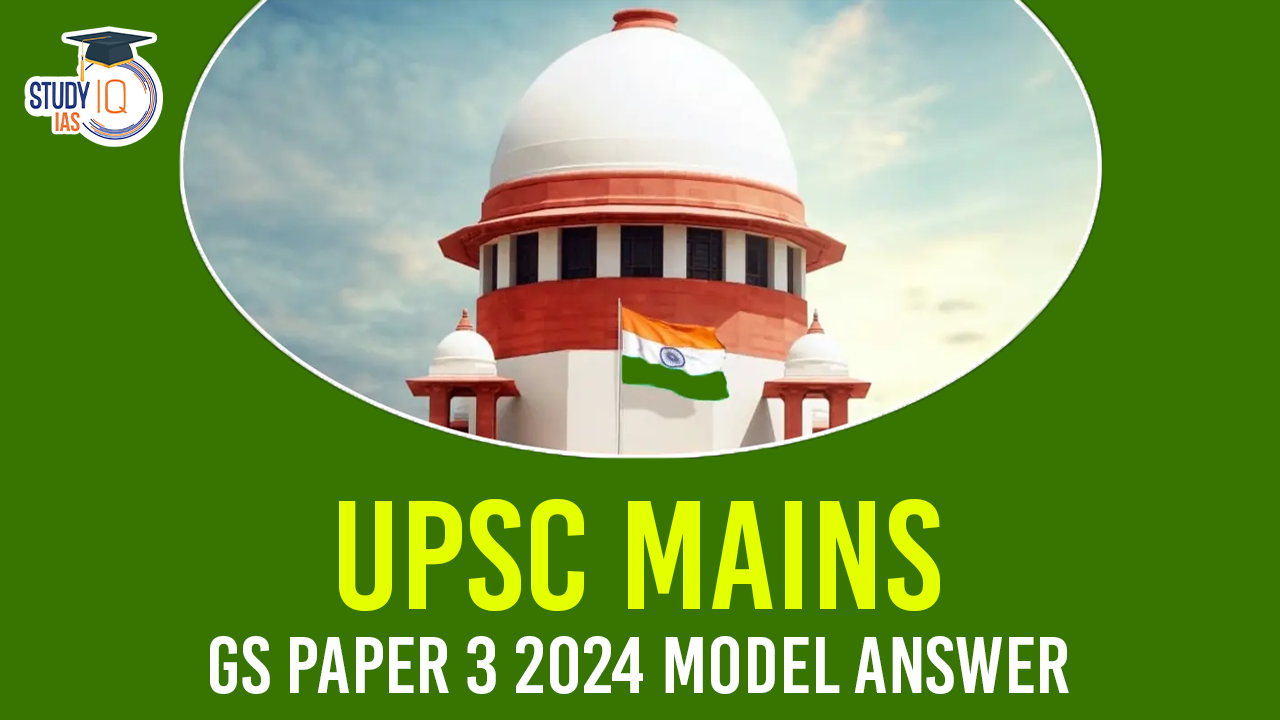Table of Contents
Introduction
- Asteroids are small, rocky objects that orbit the Sun and are primarily found in the asteroid belt between Mars and Jupiter.
- Formation: Most asteroids are remnants of the early solar system, and they never coalesced into planets due to Jupiter’s strong gravitational pull.
- Size: They vary in size from a few metres to hundreds of kilometres in diameter.
- Composition: They are composed of various minerals and metals and unlike comets, they do not have a significant ice component.
- Recently, NASA had issued an alert about a massive asteroid named 2024 ON, which passed Earth at a breathtaking speed.
Threat from the asteroids
- Near-Earth Objects (NEOs): NEOs are asteroids and comets within 1.3 astronomical units (AU) of Earth. While most of these pose no threat, they are monitored for potential collisions.
- Large asteroid impacts: Rare but devastating.
- Eg. The extinction of dinosaurs, called Cretaceous-Paleogene (K-Pg) extinction, was triggered by a 10 KM wide asteroid.
- Smaller asteroid impacts: These can trigger tsunamis, wildfires and atmospheric disruptions, causing regional or global damage.
- Eg. Tunguska event in Siberia involved an asteroid explosion flattening around 2,000 square kilometers of forest.
Strategies to Prevent Catastrophe
- Monitoring and detection: Programs like the Near-Earth Object Observations (NEOO) of NASA track asteroids’ movements and predict potential collisions.
- Deflection using kinetic impactor: This method involves sending a spacecraft to collide with an asteroid, altering its trajectory enough to avoid a collision with Earth.
- Eg. Double Asteroid Redirection Test (DART) mission of NASA successfully demonstrated this technique.
- Gravity tractor: This concept involves placing a spacecraft near an asteroid and using its gravitational pull to slowly alter the asteroid’s trajectory over time.
- Nuclear disruption: A nuclear explosion near an asteroid could vaporize part of its surface, creating a jet of material that would push the asteroid off course. However, this method is controversial due to the potential risks involved.
- Laser ablation: High-powered lasers could be used to vaporize material from an asteroid’s surface, creating a thrust that would gradually change its orbit..
Conclusion
According to renowned astrophysicist Neil deGrasse Tyson, the threat from asteroids, while not immediate, is a long-term concern for the survival of humanity. He advocates for the continued development of asteroid deflection technologies. Humanity now has the scientific understanding and technological capacity to prevent such catastrophes in the future.
OR
ISRO is also gearing up towards building a programme aimed at preventing celestial bodies from colliding with Earth. It has plans to send its own spacecraft to study asteroid Apophis when it passes by Earth at a distance of 32,000 km in 2029.


 UPSC CSE Interview Schedule 2025: Dates,...
UPSC CSE Interview Schedule 2025: Dates,...
 UPSC EPFO Cut Off 2025 (Expected): Categ...
UPSC EPFO Cut Off 2025 (Expected): Categ...
 UPSC EPFO Answer Key 2025 Out (Unofficia...
UPSC EPFO Answer Key 2025 Out (Unofficia...

























